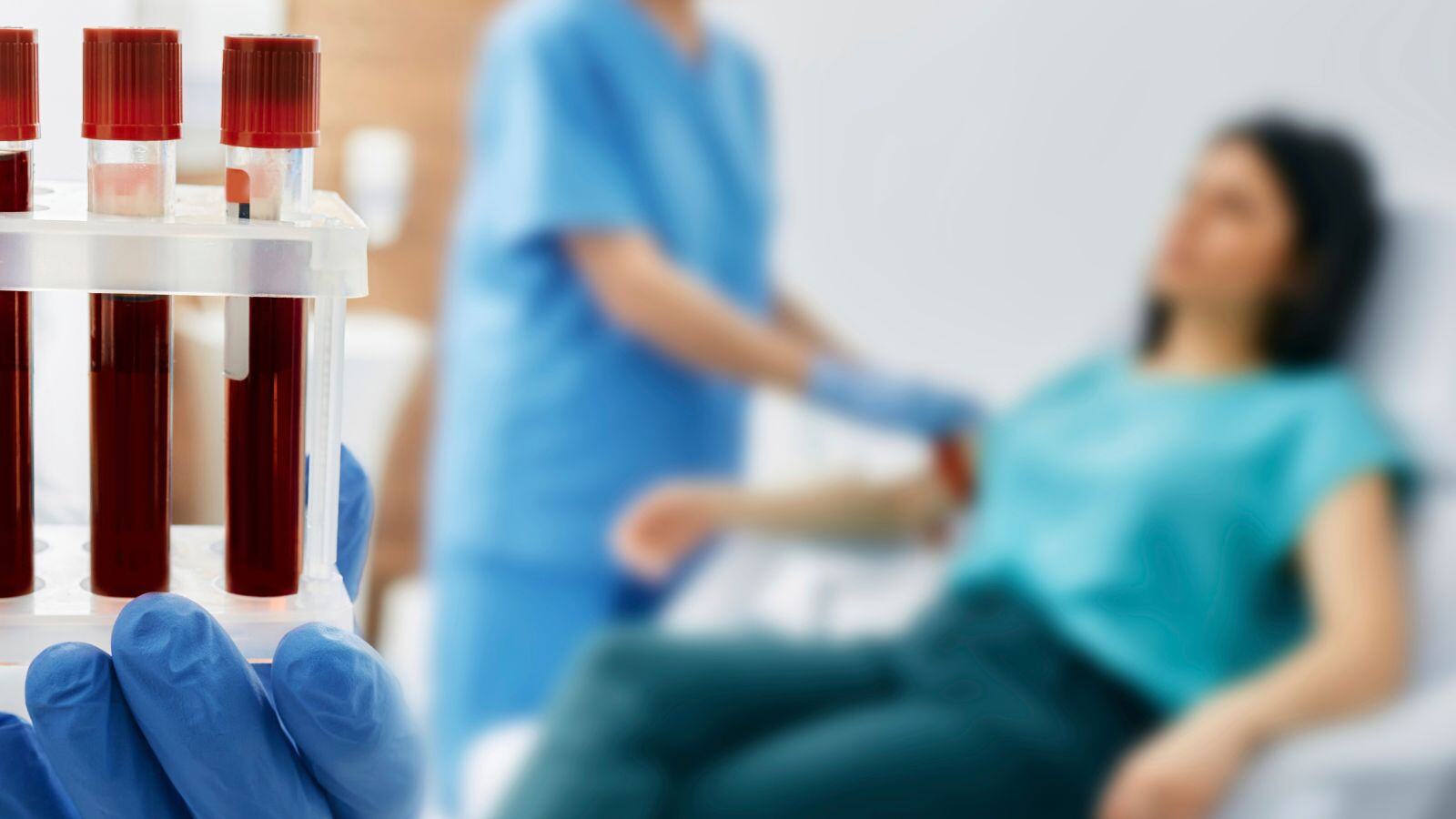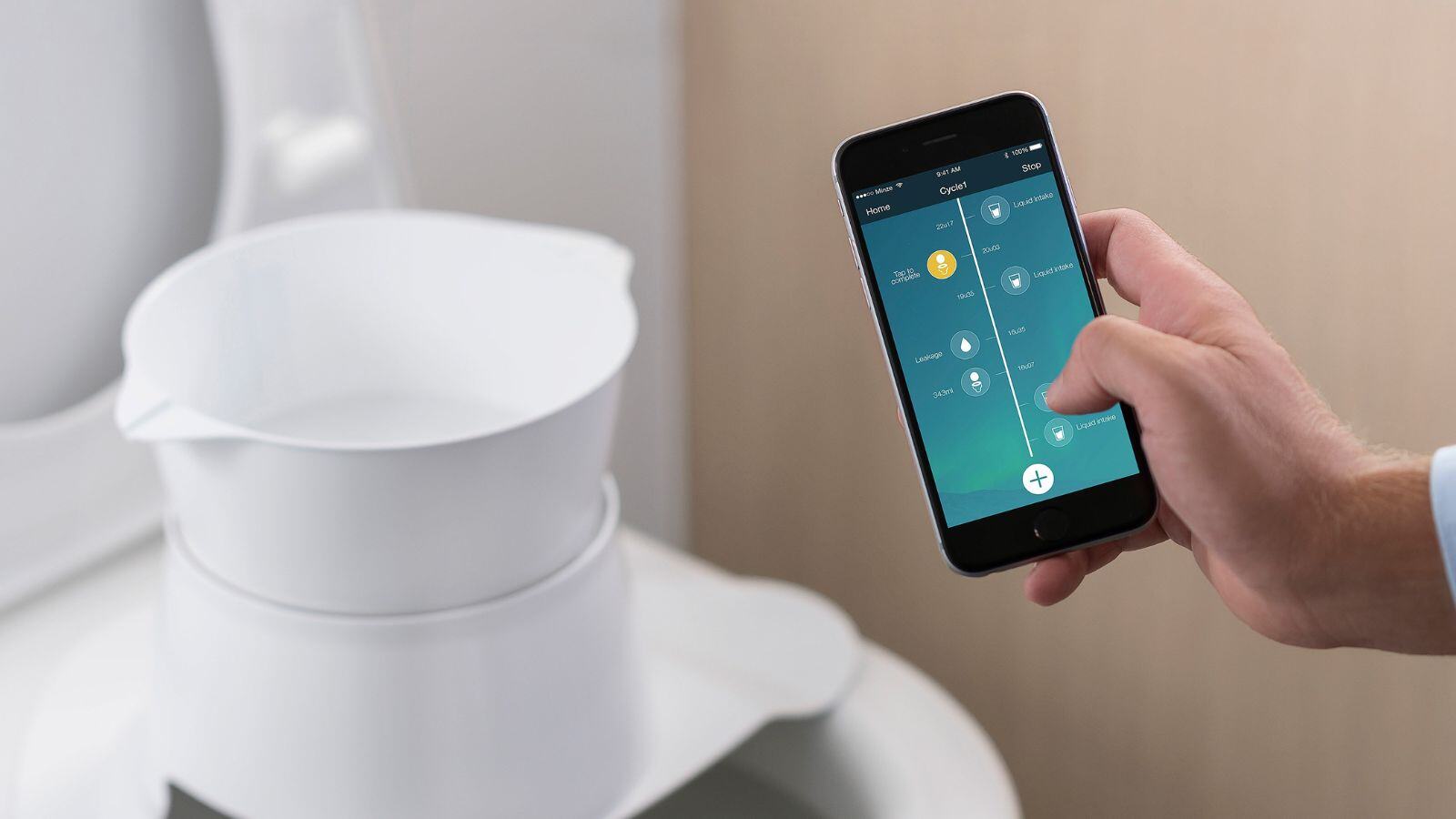Nowadays, regulations on medical devices and medicinal products have very strict expectations on documents outlining the benefits and performance and safety profile for the continuous clinical evaluation throughout the lifetime of these products.
Medical Writing is the highly specialized umbrella term, grouping the experience of producing these documents per the requirements. However, every single document and product requires a different approach.
A medical writer combines a writer’s creative talent with the detailed and critical eye of a scientist. Manufacturers of medical devices and medicinal products don’t always have this type of employee ready at hand, as such specific knowledge takes years to be gained.
What Types of Medical Writing Projects are there?
There is no simple answer to the question “What do medical writers do?”.
Creating various documents related to medical devices or medicinal products, depending on the lifecycle of the product, the regulations and the defined audience, requires a thorough insight and knowledge of the science, technology and the applicable regulations.
Medical Writing is generally defined in different types depending on the above mentioned factors.
1. Regulatory medical writing
Regulatory medical writing is the most familiar type of medical writing, especially in the field of medicinal products, where for many years, medical writers have been asked to prepare documents needed for the development of drugs, usually clinical trial protocols, safety updates, or clinical study reports. This is also referred to as Clinical Medical Writing. Next to this, consultancy in marketing application dossiers to support the writing of the CTD is often requested.
But also for medical devices, a wide range of documents are required for marketing and post-marketing, such as risk management plans and reports, post-market surveillance plans and reports, and all documents related to the clinical evaluation of these devices. Since the introduction of the Medical Devices Regulations, particularly the latter has become very scrutinized.
2. Scientific Communications
Scientific Communications generally also fall within the scope of medical writing projects. This encompasses the dissemination of scientific information about medicinal products or medical devices to a variety of audiences, e.g., writing papers to share the results of a clinical trial in peer-reviewed journals, but also including abstracts and posters for conferences or even PowerPoint presentations for symposia. Usually, the medical writer drafts the document for review by and in name of the first author on the list.
For educational or marketing purposes, manufacturers regularly require scientifically-sound communications, where medical writers are involved to produce the contents, resulting in brochures, white papers, blog posts, websites, etc. Whilst the scientific knowledge is still highly required, the creative side of the medical writer is required to create more popular and comprehensible materials.
3. Patient education
Patient education has become ever so important with having all information available at one’s fingertips. Manufacturers of healthcare products should ensure that the right educational materials are produced so that patients and consumers can understand, without minimizing the importance of the science behind it.
This is a particular type of medical writing that challenges the writer, usually experienced in producing highly technical and scientific documents for specialists in the field.
But a combined team of scientists and marketeers, having the knowledge of common vocabulary and messaging on the product, are able to create materials, like advertisements, patient brochures, websites, or even podcasts or videos that will educate and eventually improve the health of the patients and consumers.
As medical terminology and scientific data are the basic input for any medical writing project, we believe that a medical writer should have a biomedical or life science university degree at a minimum. A medical writer can not be a specialist in one type of medical field but should be capable of understanding the fundamental concept of any area of medicine. Also, the interpretation of scientific data and statistical output is critical to be able to draw accurate conclusions.
Regulations and guidelines dictate the structure and content of many required documents, hence, the medical writer should know their way around and thoroughly understand these requirements, as well as have a good knowledge of the development process of medicinal products and medical devices.
But the capacity to write is ever so crucial, as it is the medical writer’s responsibility to produce grammatically accurate and technical documents in the scientific language that is appropriate for the specific audience. English is accepted as the standard language for medical writing and it requires a high level of both reading and writing skills.
Authoring a document also requires sound experience with formatting and editing software to produce presentable scientific information that can be electronically distributed or printed.
How can QbD Clinical help you?
At QbD Clinical, we have a dedicated team of brilliant and experienced medical writers with a never-ending thirst for knowledge.
With the start of a new project, our medical writer consults the quality, regulatory, and medical affairs departments of QBD, performs online and offline research on the product and its medical field, involving clinical experts where needed, and starts the writing of the documents per the required regulations and guidelines.
As a manufacturer, your input is crucial, since you know your product best, and therefore, close collaboration brings the desirable results. Internal quality control and external review cycles will eventually result in a final document meeting the highest standards.





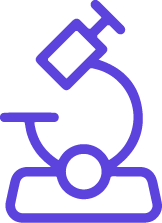

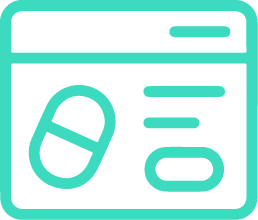




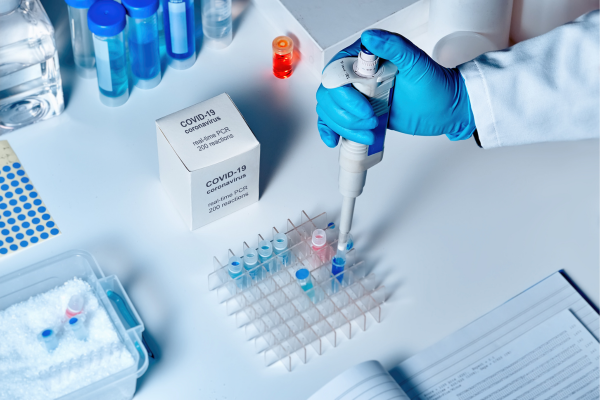

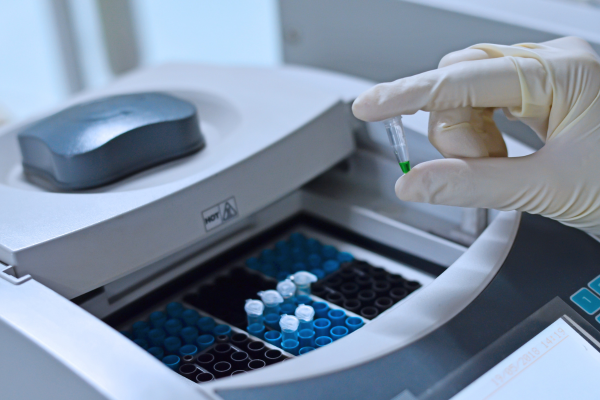


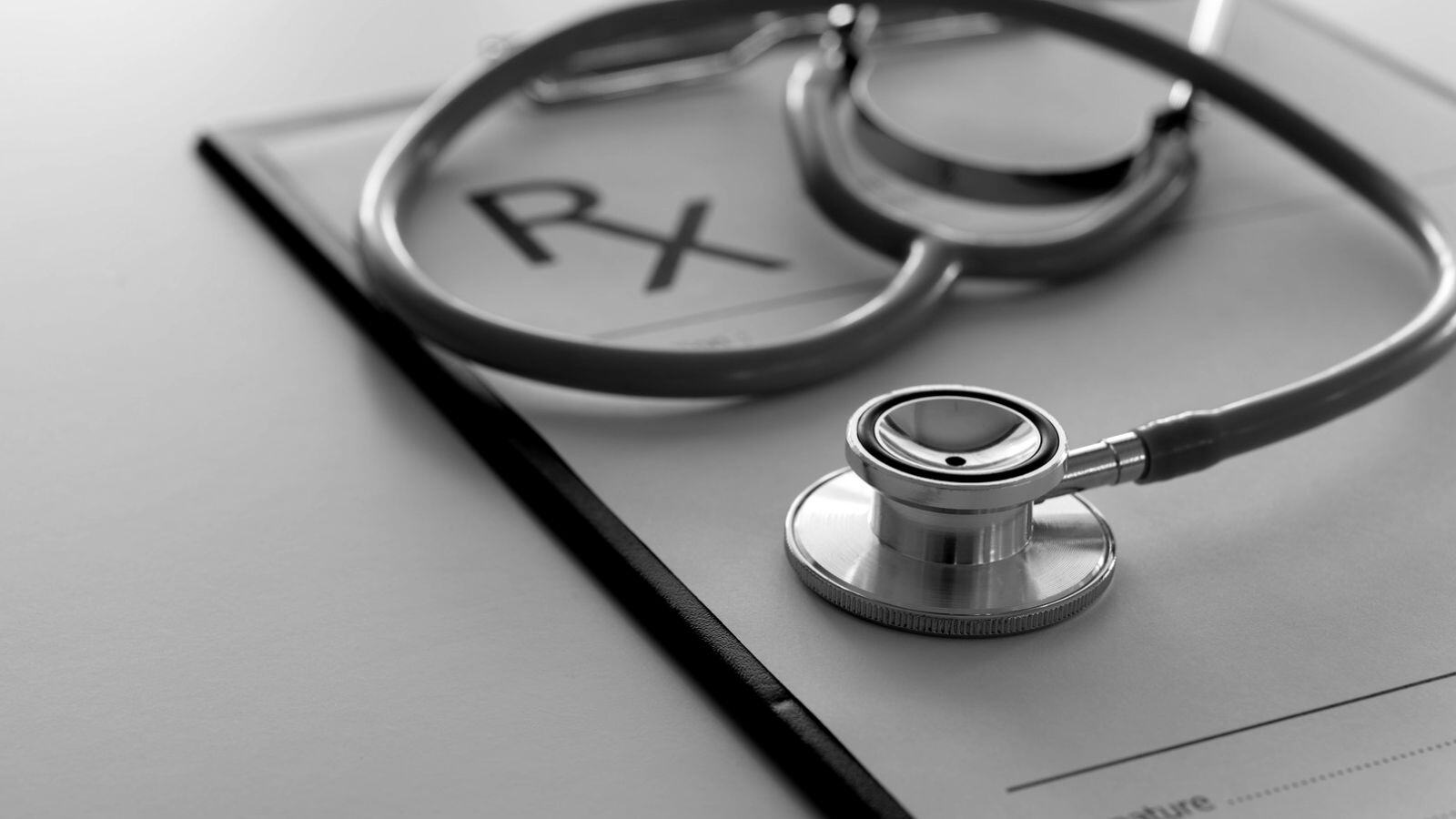
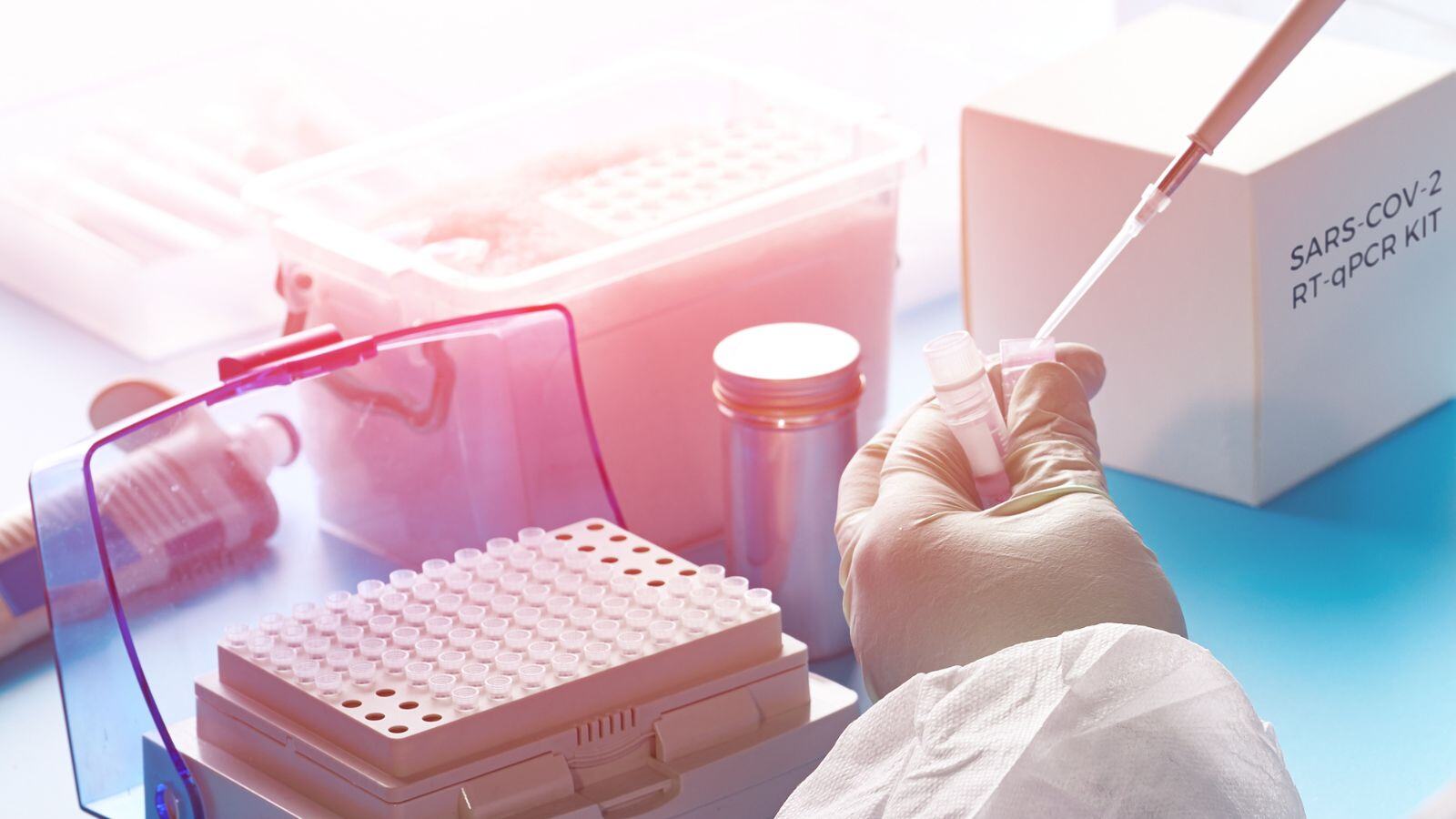


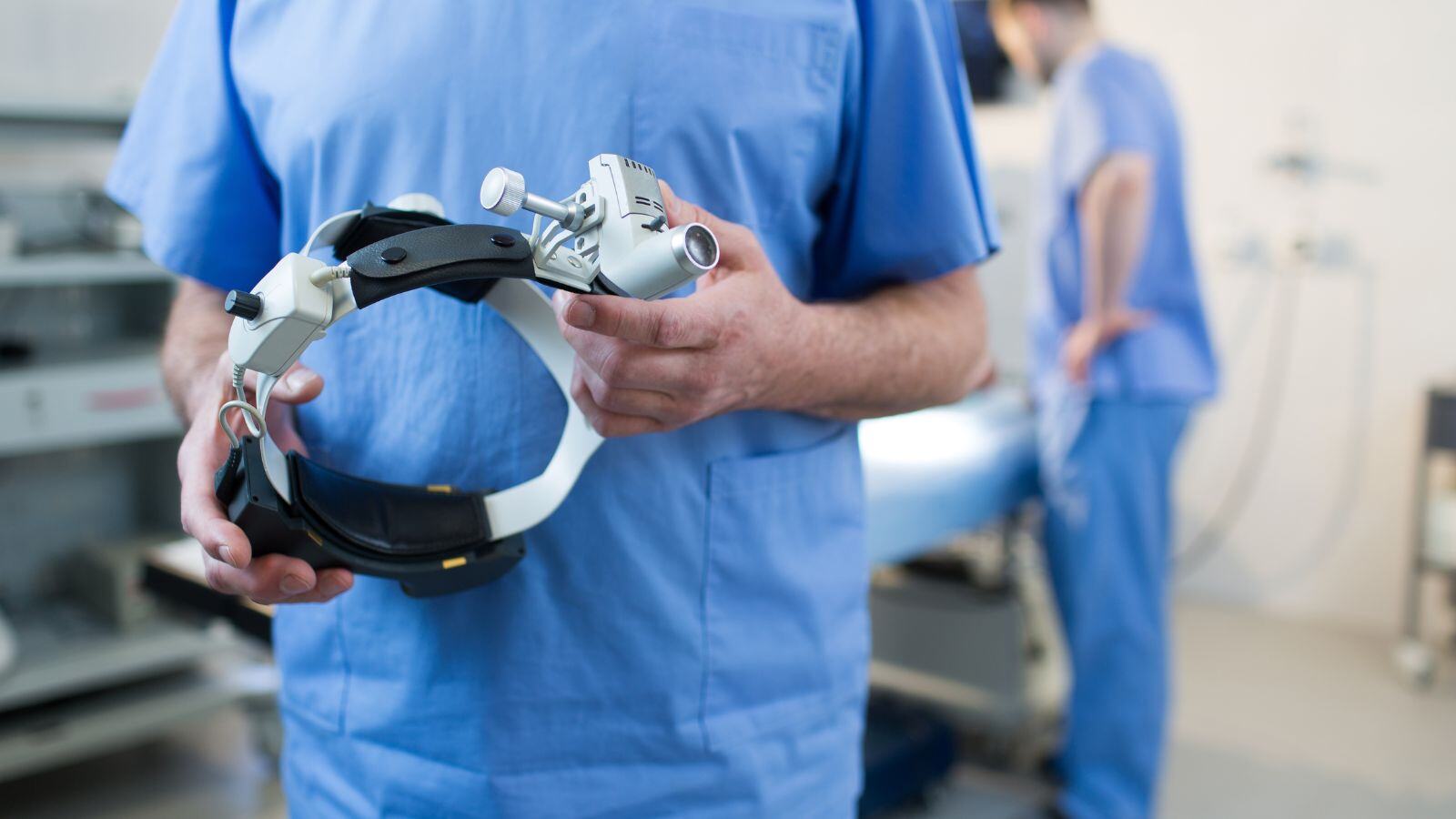
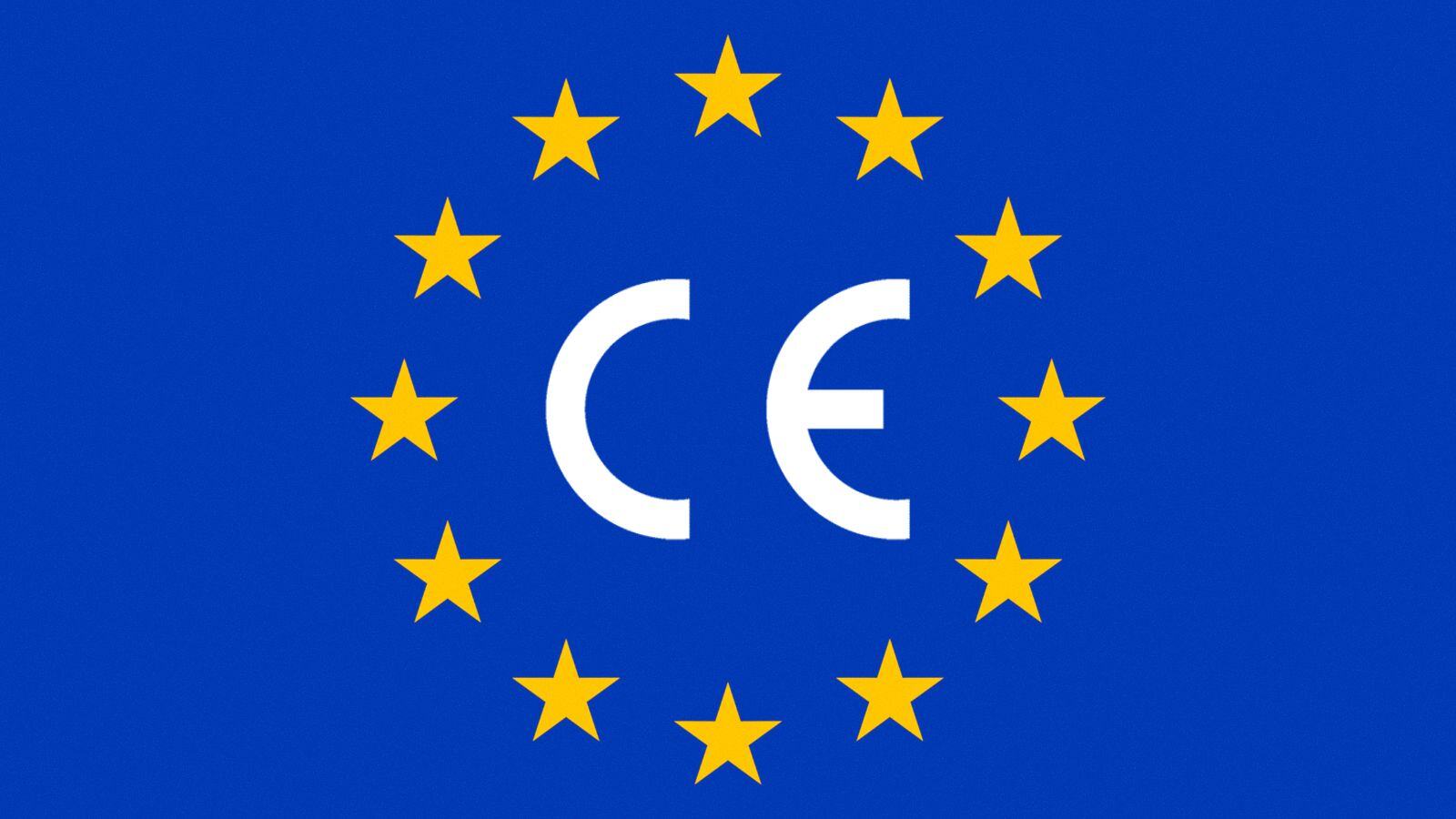
.jpg)

